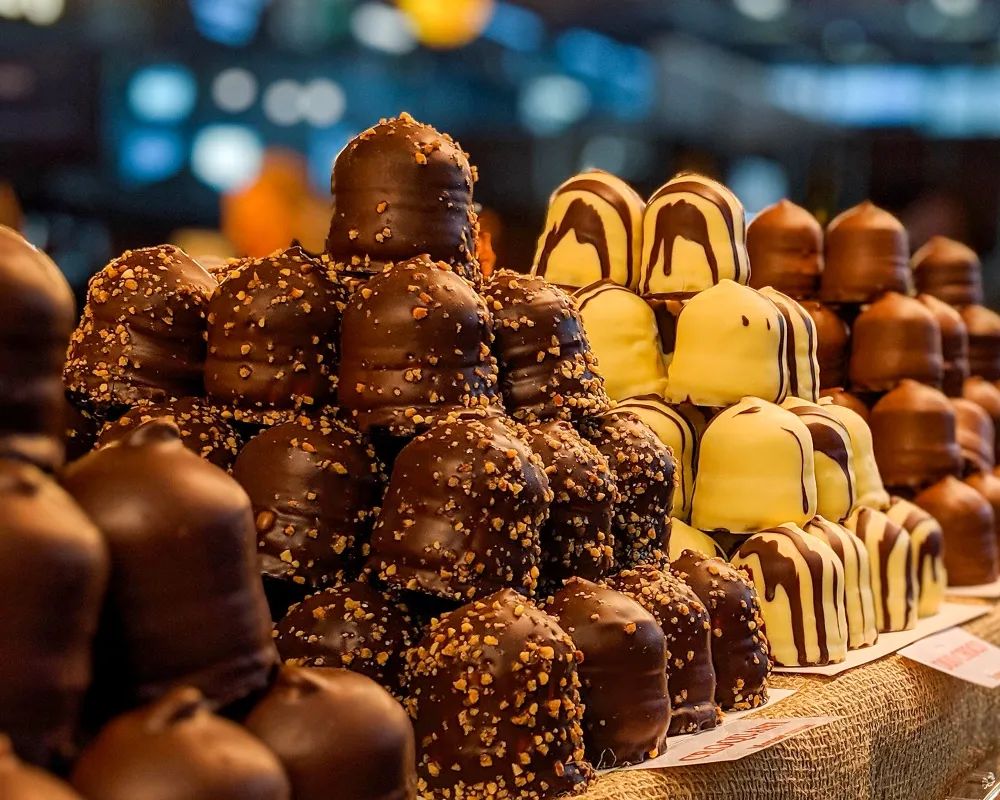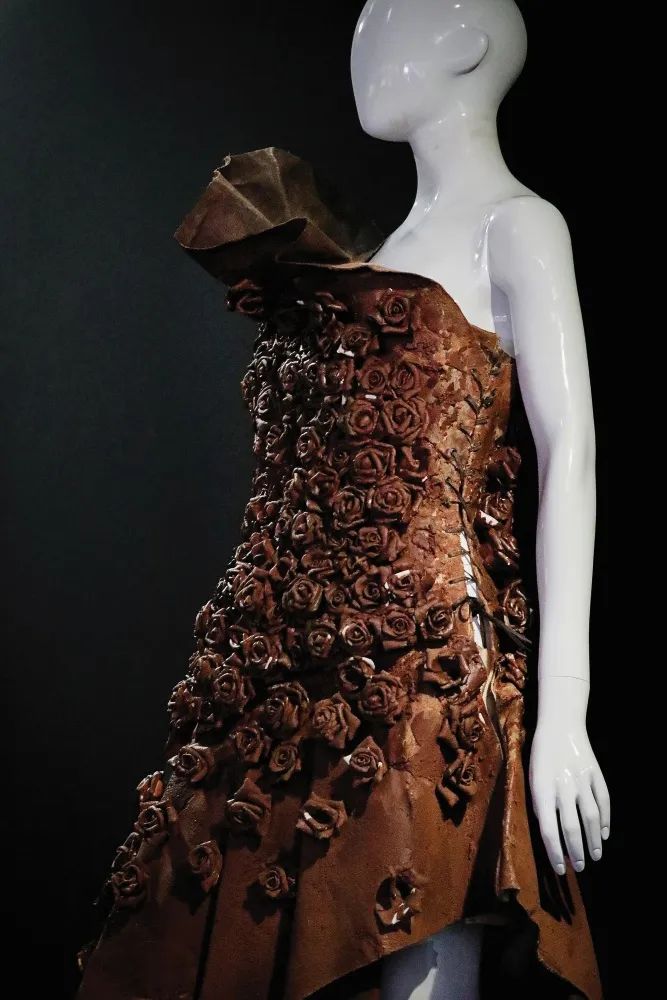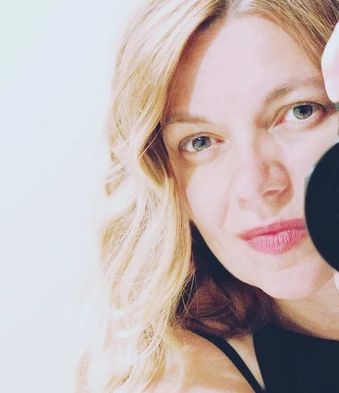
Chocolate for the Heart: A Brief History in 40 Fun Facts
February 2022
article & photos by renata haidle
Chocolate is the "food of the gods." This is the literal translation of Theobroma cacao, the Latin name of the tree that produces the cocoa bean: the origin of the ultimate guilty pleasure, chocolate. We gathered 40 fun facts to share with your family and friends at the next dinner party - chocolate desserts optional.
1. The Aztecs and the Mayans were the first to realize the benefits of cacao beans, ground and soaked in water. They treasured cacao, literally using it as currency.
2. Cacao and cocoa are interchangeable terms.
3. The drink was mixed with spices like chili pepper and vanilla to mask the bitter taste; it was considered to have medicinal and magical properties.
4. Sixteenth-century Spanish conquistadors brought the drink to Europe and helped popularize it.
5. In those early days in Spain and France, only the very rich could afford to drink chocolate.
6. During that time, the Catholic Church frowned upon such indulgence, classifying chocolate consumption as heretical behavior alongside arguably more significant sins such as blasphemy or witchcraft.
7. Spanish-born Anne of Austria, Queen of France during the 17th century, and mother of the much more famous King Louis XIV is said to have brought the decadent drink to France.
8. King Louis XIV’s wife, Queen Marie-Thérèse, introduced the drink to the aristocrats at the Palace of Versailles, where drinking chocolate became a status symbol.
9. The English soon took notice and started offering the drink as an alternative to alcohol in hopes of decreasing the consumption of the latter. It was England where chocolate became affordable to the masses.

Salon du Chocolat Paris 2019
10. This made Richard Cadbury, a 19th-century English Quaker, a wealthy man. By 1842, his company was selling 16 different types of drinking chocolate.
11. The French were already producing tablets and bars of solid chocolate by the 18th century, but it was J.S. Fry & Sons, an English company, that succeeded in making a tasty chocolate bar. The year was 1847.
12. The first milk chocolate bar was created by Swiss Daniel Peter in 1875, using condensed milk.
13. Only four years later, Rodolphe Lindt, another Swiss, invented conching (intense mixing, stirring, and aerating of chocolate to reduce acidity and bitterness). This process produced the smoothest, silkiest chocolate ever created to date. It completely revolutionized the chocolate-making process and made Lindt a name to remember.
14. In the United States, Milton Hershey started producing chocolate bars in 1900.
15. Seven years later, in 1907, Hershey created chocolate kisses, still beloved today.
16. With chocolate becoming more affordable on both the Old and the New Continent, demand grew considerably. As a result, early in the 20th century, Europeans started encouraging the development of cacao plantations in Africa. Nowadays, West Africa produces two-thirds of the world's cacao crop.
17. Ivory Coast is the largest cacao producer, with 2.15 million tons of cacao beans as of 2020 data.
18. Other significant producers are Ghana, Indonesia, Nigeria, and Cameroon.
19. It takes approximately 400 cacao beans to make one pound of chocolate.
20. Less than 5% of the world's cocoa is produced according to Fairtrade standards. These standards aim to ensure fair wages for farmers, sustainability, access to education and technical support, and prevent forced and child labor.
21. Five million tons of cocoa beans are produced worldwide every year.
22. Cacao is harvested by hand, twice a year, in spring and fall.
23. Like coffee beans, cacao beans are spread out in the sun to dry. The green beans are roasted to eliminate all moisture and intensify the aroma.
24. Cacao beans have a very high content, between 40-50%. Grinding them results in a paste called cacao liqueur.
25. Cacao paste, sugar, and cacao butter are mixed to create bittersweet chocolate.
26. Tempering is the process of heating the chocolate to a specific temperature to make the product shelf-stable. Tempering precedes molding into bars.
27. Dark chocolate is considered to have the most heart-healthy benefits, thanks to its high content of cocoa and a high level of antioxidants. In addition, it is said to lower blood pressure, improve blood flow, and lower LDL cholesterol.
28. Milk and white chocolate are not considered healthy food items due to their high percentage of sugar and fat.
29. They do, however, seem to improve mood. For example, certain studies claim that depressed people consume 55% more chocolate than non-depressed individuals. However, it is unclear what components have the mood-enhancing effect.
30. Other health benefits of eating chocolate derive from its high content of fiber, iron, copper, manganese, and magnesium. Note that you need to eat quite a bit of chocolate to get the benefits, which might come with the unwanted addition of sugar and calories.
31. A connection between chocolate and acne could not be scientifically established. On the contrary, the flavanols contained in dark chocolate seem to have a protective effect against ultraviolet radiation from the sun.
32. The darker the chocolate, the less sugar it contains, and the better it is for your health. Aim for chocolate with at least 70% cocoa content.
33. Switzerland is the highest consumer of chocolate worldwide (19 lbs/person annually), followed closely by Austria, Germany, and the UK. The USA placed 8th in the world, according to 2017 data.
34. Chocolate chip cookies are the most popular cookies worldwide. They were invented in 1937 by a woman named Ruth Graves Wakefield at the Toll House Inn in Massachusetts.
35. White chocolate is technically not chocolate, as it contains no cacao solids.
36. Chocolate pairs best with red or sweet wines. Sparkling wine and champagne are too acidic to pair well.
37. Chocolate melts at 93F, only three degrees less than the average body temperature. That explains the ease of chocolate melting quickly on your tongue.
38. According to the American Chemical Society, chocolate has more than 600 aromatic compounds.
39. Chocolate comes from the Aztec word “xocolatl," meaning "bitter water."
40. A study by the Mind Lab in the UK found that the taste of melting chocolate caused a longer, more intense buzz than passionate kissing, as proved by monitored heart rate and brain activity.
Originally printed in the February 2022 issue of Simply Local Magazine
Never miss an issue, check out SLM's digital editions here!





